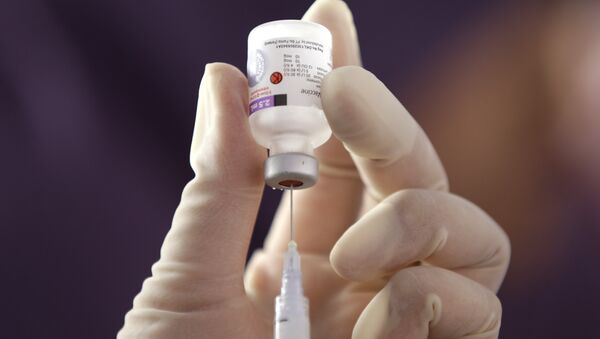There are three potential HIV vaccines - known as HVTN 702, Imbokodo and Mosaico - that are currently entering final testing trials.
Susan Buchbinder, director of the Bridge HIV research program at the San Francisco Department of Public Health and a chair of both the Imbokodo and Mosaico trials, told NBC news that this is “perhaps one of the most optimistic moments we have been in” regarding HIV vaccine development.
“We have three vaccines currently being tested in efficacy trials … and it takes quite a bit to actually be promising enough in the earlier stages of trials to move you forward into an efficacy study,” she added in a statement to NBC News.
Although the vaccines are promising, people would need to take at least four doses for any of them to be effective.
"None of these vaccines is a particularly simple regimen … so it’s going to require quite a bit of effort to deploy,” Buchbinder said.
“They require multiple injections, and so each one would require a minimum of four different doses in its current configuration,” she added.
Of the three potential vaccines, HVTN 702 is the oldest and is a derivative of an older potential vaccine known as RV144. Clinical trials conducted in 2009 found that RV144 reduced the rate of HIV infections by around 30%.
According to the National Institute of Health, the Imbokodo and Mosaico vaccine candidates are “based on ‘mosaic’ immunogens - vaccine components designed to induce immune responses against a wide variety of global HIV strains.” On the other hand, the HVTN 702 vaccine only targets an HIV subtype that is prevalent in southern Africa, known as HIV-1 clade C.
People with HIV can take antiretroviral therapy to suppress the amount of HIV in their body (called the viral load), but the drugs cannot completely eliminate latent HIV reservoirs. If someone diagnosed with HIV does not take their antiretroviral medication, their viral load will increase.
HIV reservoirs are where the cells that produce other HIV-infected cells hide out - antiretroviral drugs can suppress the infected cells they produce, but cannot actually flush out the reservoirs themselves. These reservoirs persist in the body even after antiretroviral medication decreases viral loads to undetectable levels.
While there is currently no cure for HIV, people can take medication known as PrEP (pre-exposure prophylaxis) daily to reduce their chance of infection.

